I knew three things about Galveston, a coastal city about an hour southeast of Houston.
One was a 1960s song from Glen Campbell called “Galveston,” about a man going to war and leaving his sweetheart behind. The second is its role as a growing cruise port, where RAS and I departed on a Carnival cruise four years ago, right before the COVID-19 pandemic. The last is its place in history, the birthplace of Juneteenth, where slaves finally learned, after the rest of the country, that they were emancipated.
I was here for the North American Travel Journalists Association (NATJA) conference and am glad I discovered what this destination offered. The one thing I couldn’t put aside was the heavy curtain of humidity, which I remembered from a summer trip to Houston decades ago. It was the same kind of weather, with one day of cloud cover and rain in the evening.
There was also a mosquito issue, which always makes me open season and a feast for these annoying bugs. But other than that, I loved how rich the history of this place was and what I learned, courtesy of Visit Galveston and the historic tour they arranged for us.
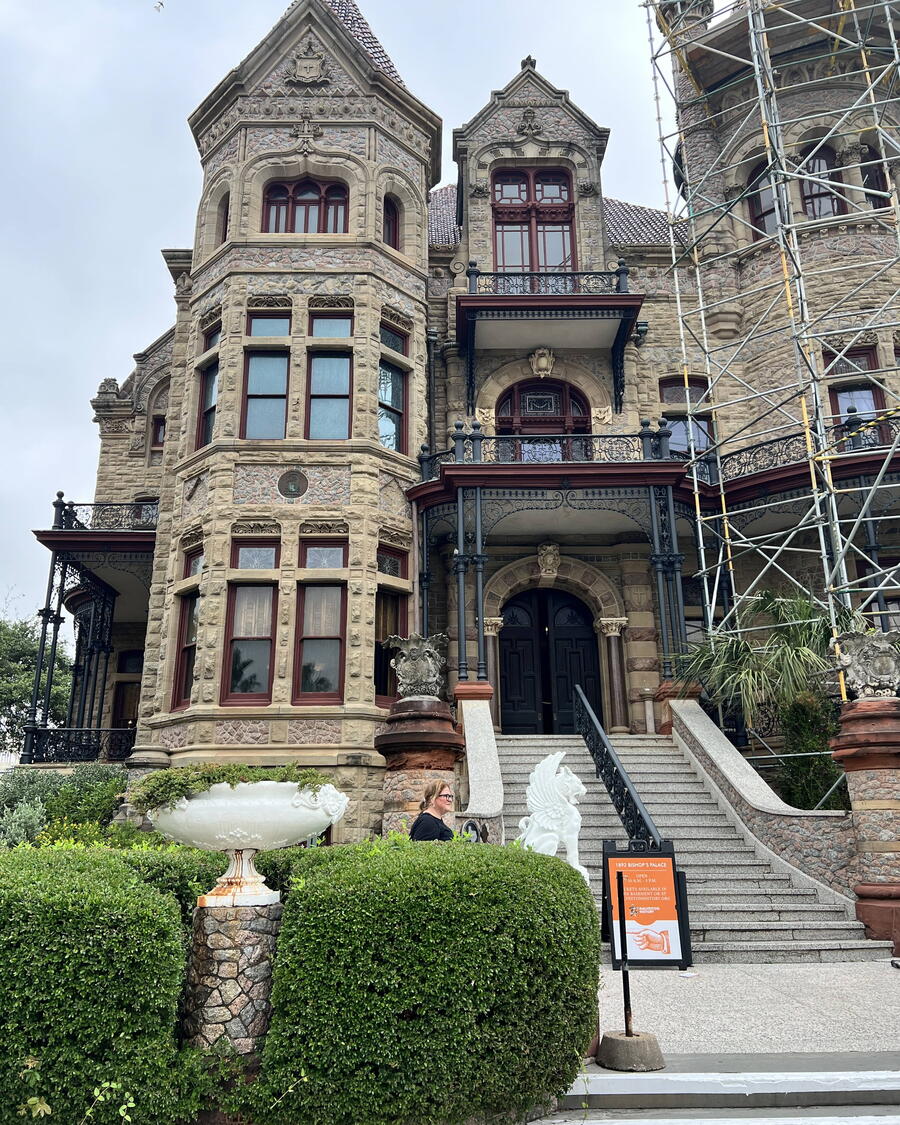
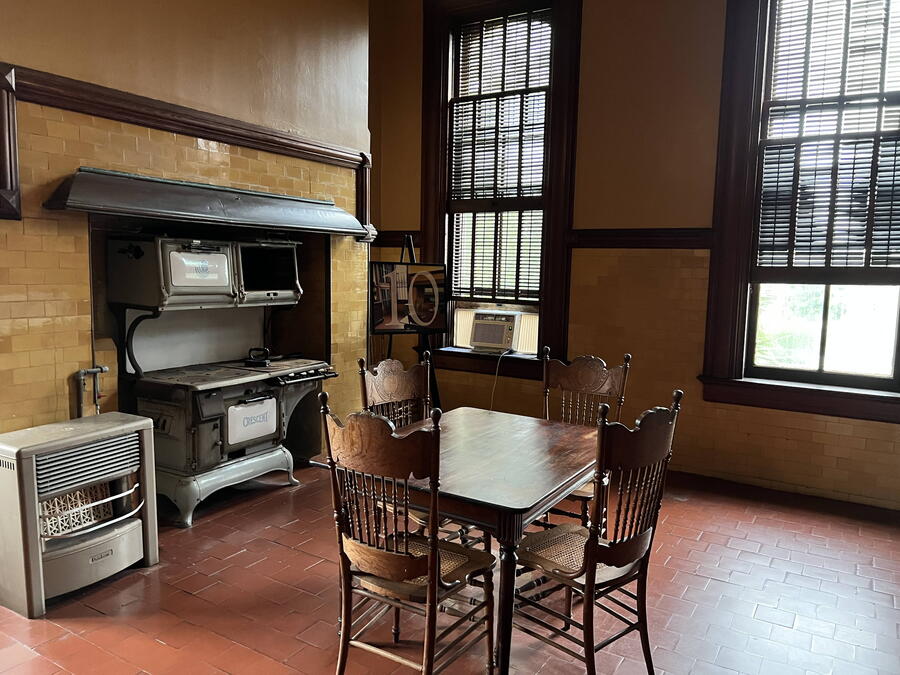
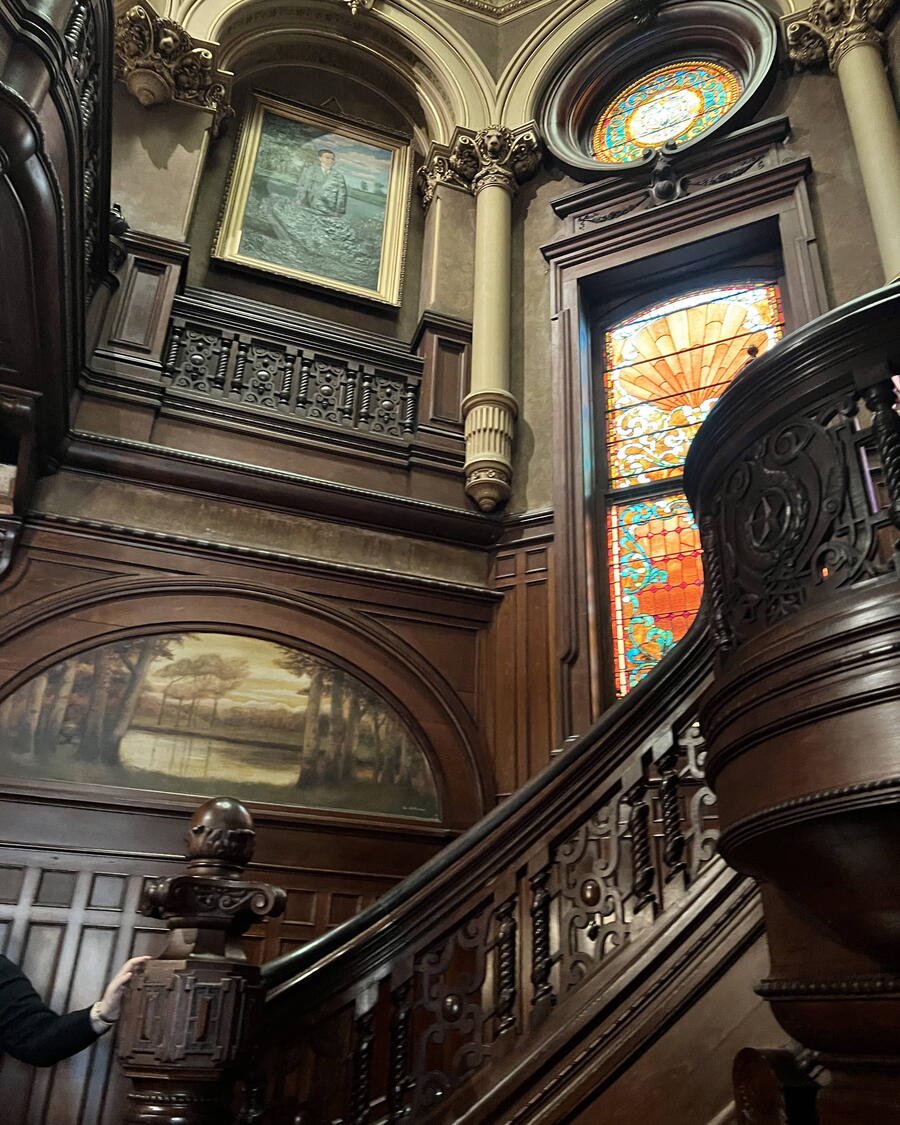
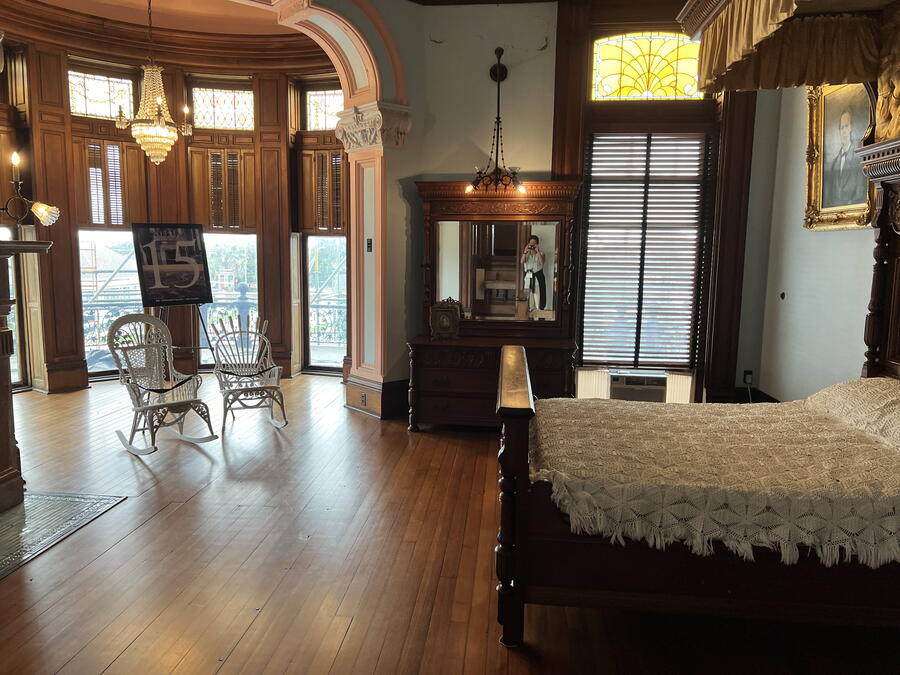
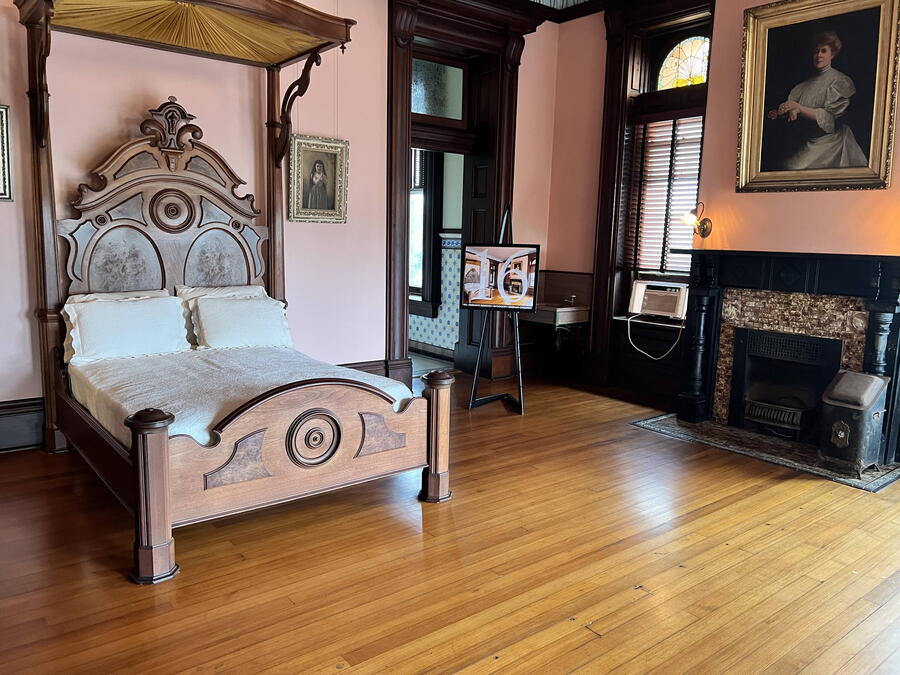
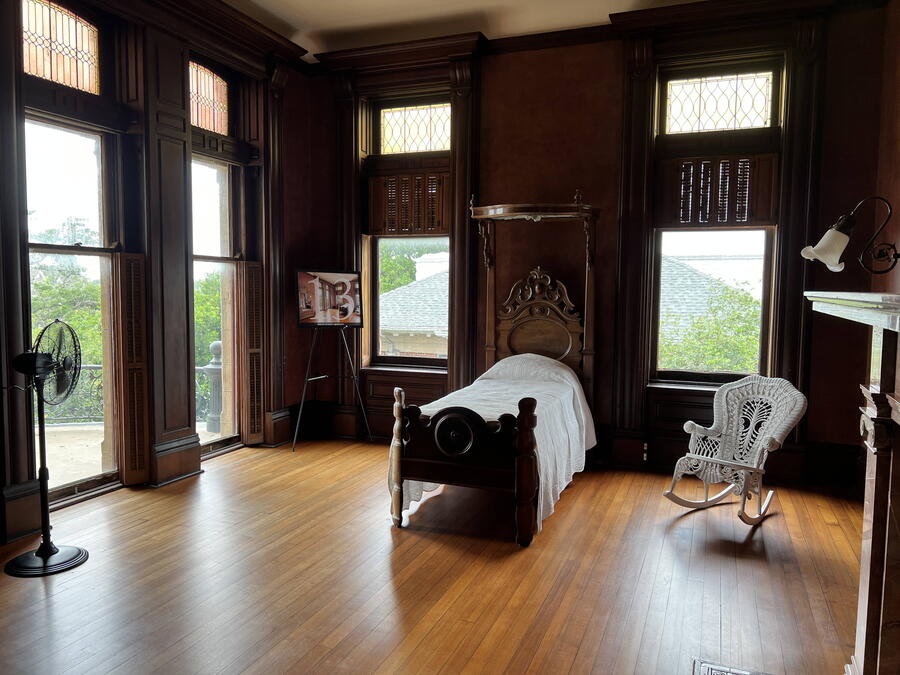
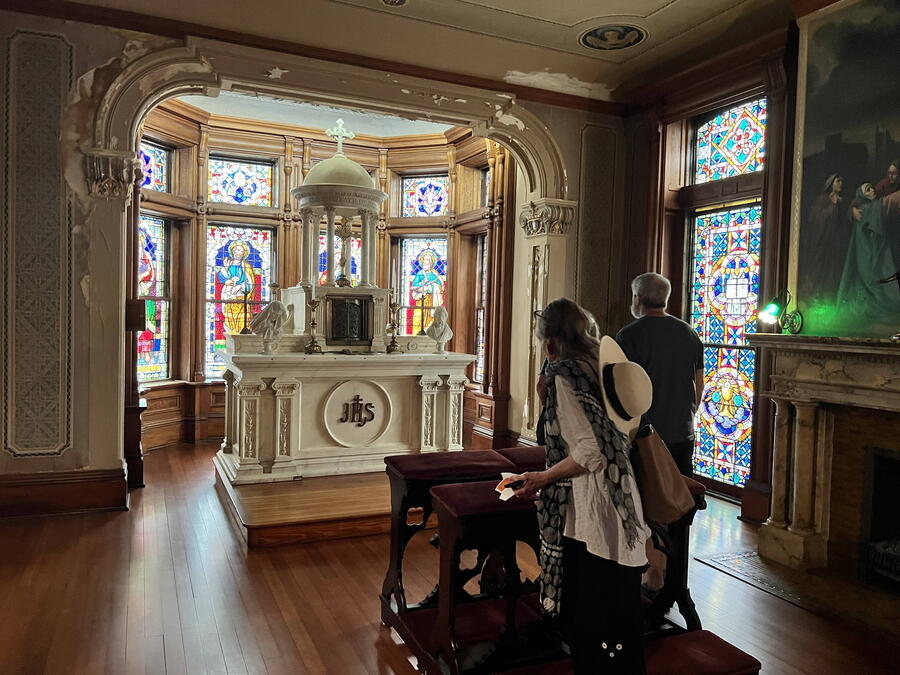
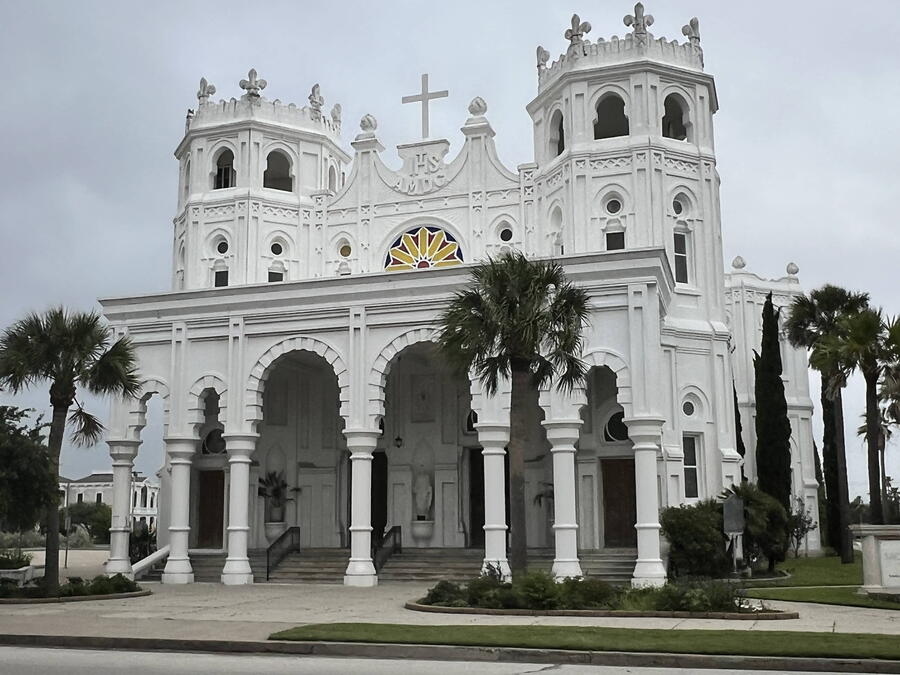
The Bishop’s Palace
The Gresham family constructed this grand four-story Victorian mansion, completed in 1892. Their wealth came from cotton and railroad transportation, and Walter Gresham was also a lawyer and politician. As devout Catholics, the family converted one of the children’s rooms into a private chapel with an altar and fresco of the four Gospel writers. Galveston’s main Catholic church, Sacred Heart, was also across the street from their residence. Today, the home is adorned with a curving central staircase, elaborate dark wood interiors, stained glass windows and large picture windows in most of the rooms.
Perhaps the most intriguing aspect of the building was its role in the 1900 hurricane that nearly destroyed the city. The Greshams allowed citizens to shelter in the home, made of stone and sturdily built. However, the disaster traumatized Mrs. Gresham so much that she did not like living in the home or the area afterward. The church purchased the home in 1923 and housed the area’s bishop until the historical society bought it.
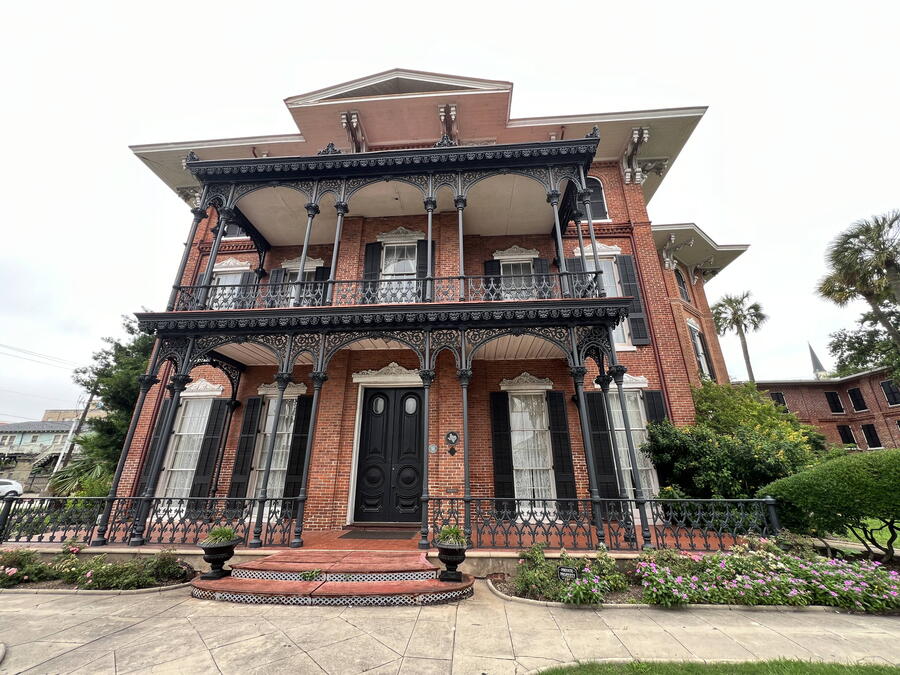
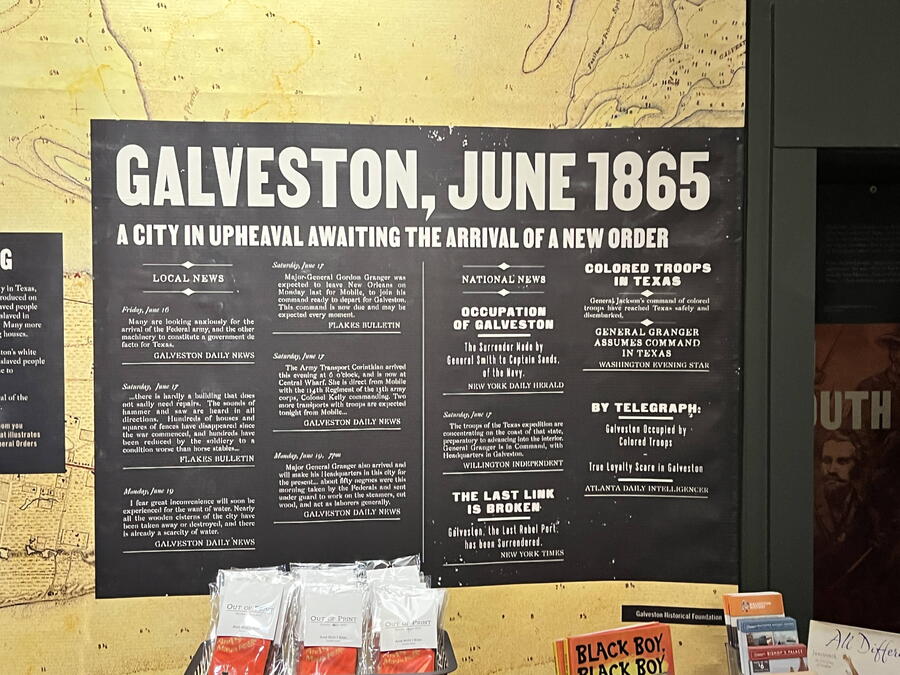
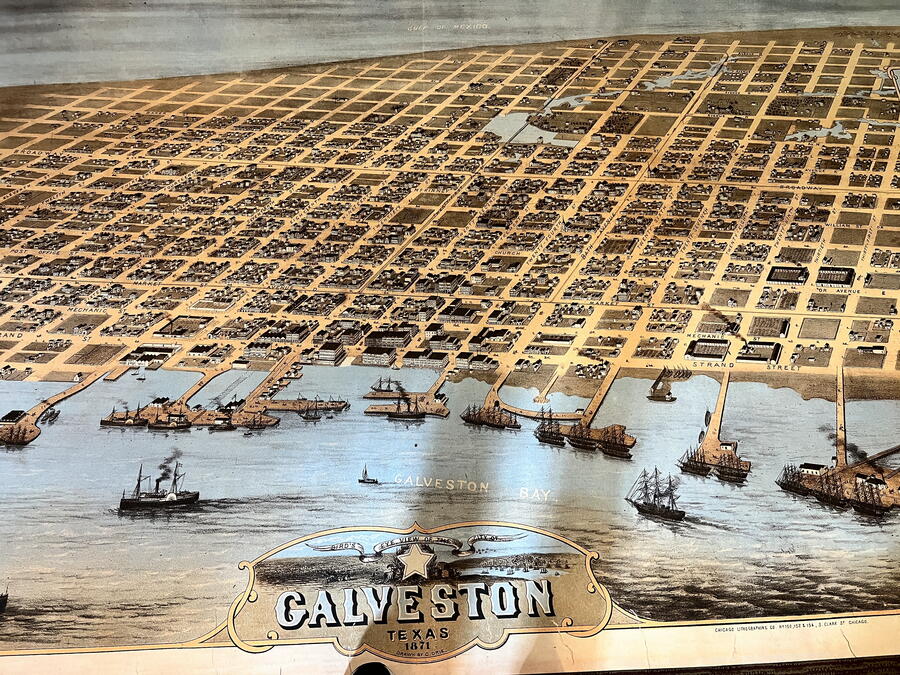
The Ashton Villa/Juneteenth Museum
The black residents of Galveston established Juneteenth as a local commemoration after June 19, 1865. This date marked the official announcement to enslaved people that they were free from their servitude, and it was the last area of the country to get the news. This momentous occasion may have come sooner if Confederate forces hadn’t won a local battle months before and failed to enforce the Emancipation Proclamation.
“And Still We Rise” is an interactive museum in the carriage house of Ashton Villa, one of the first brick structures in the state. While the space is small, oversized displays and multimedia screens tell an intriguing story about how Galveston was a major entry port for the slave trade. It seems only fitting that the freedom given to these oppressed people began here and is now a national holiday.
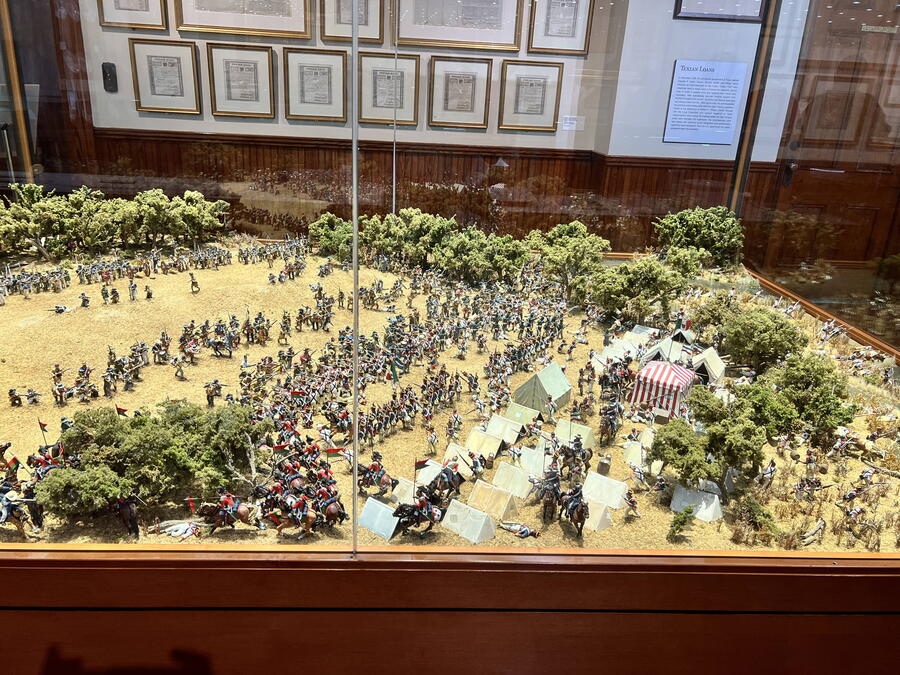
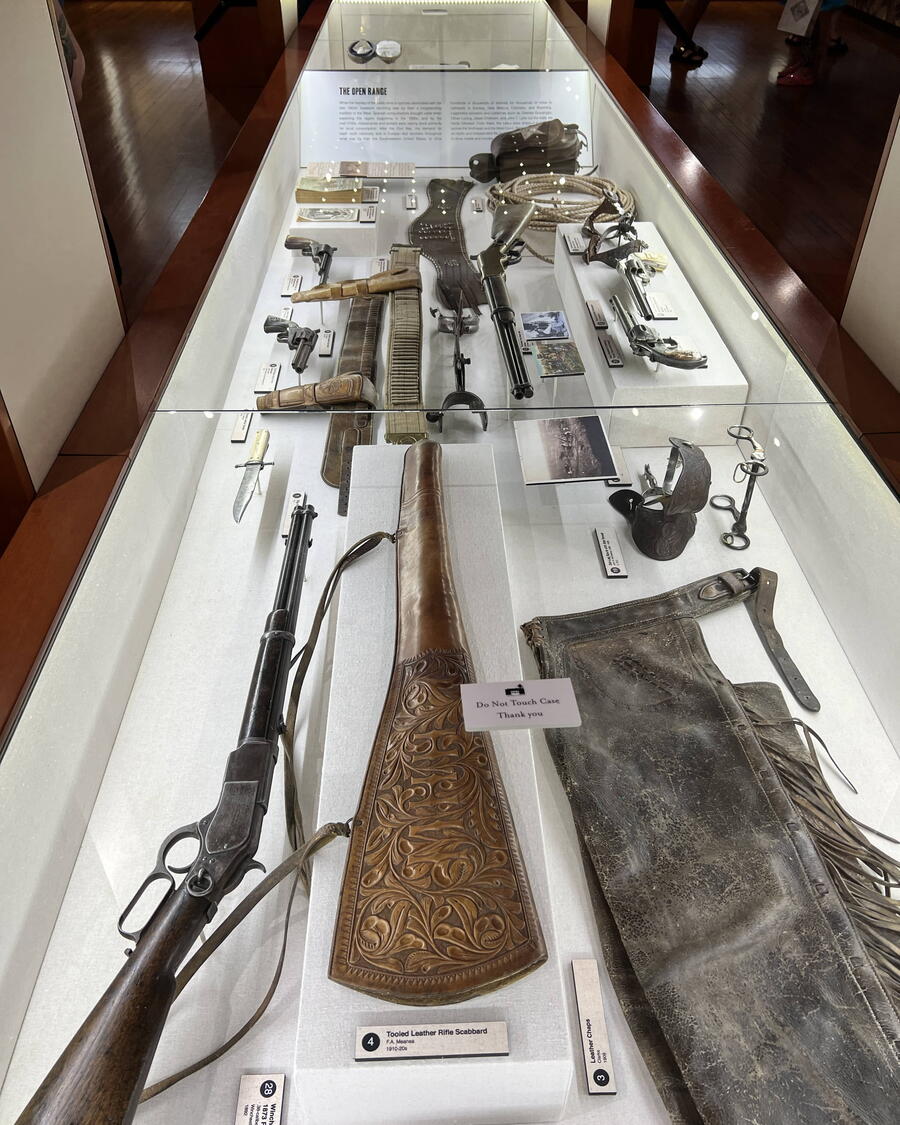
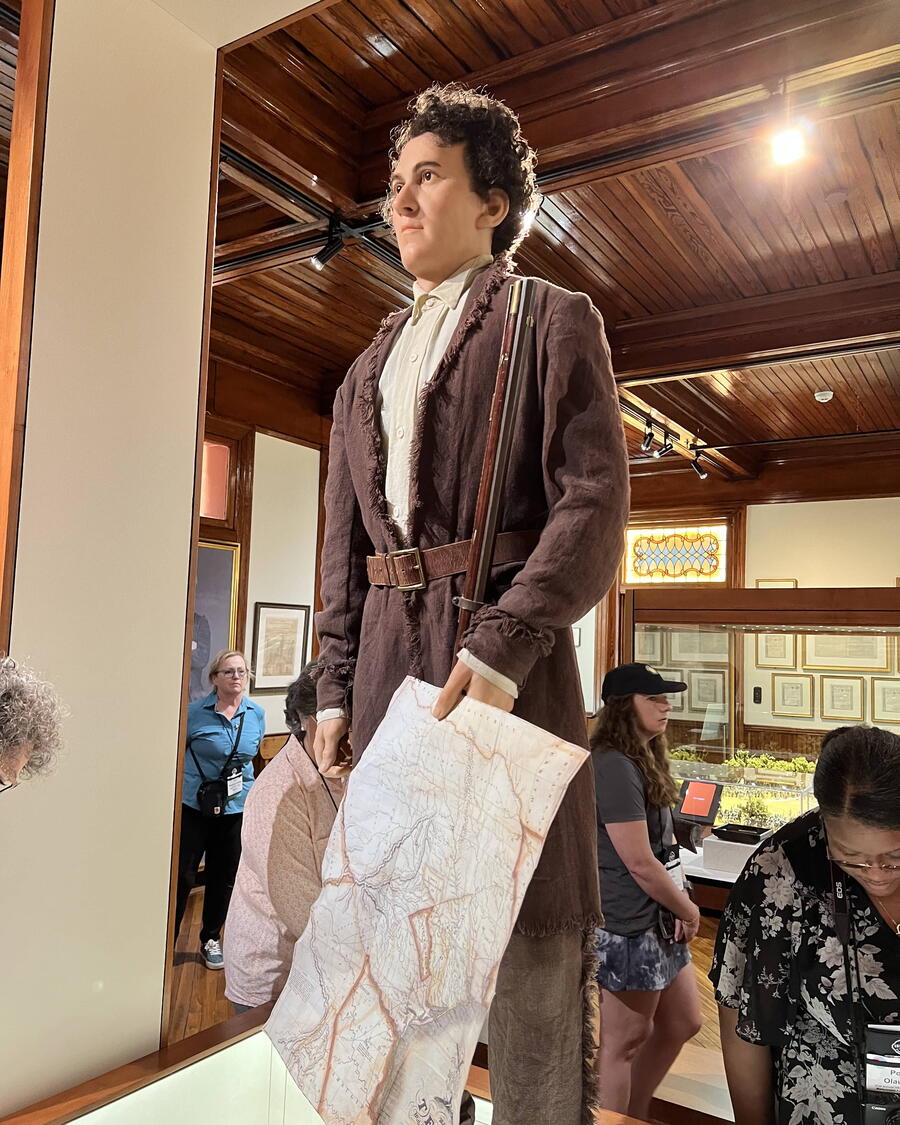
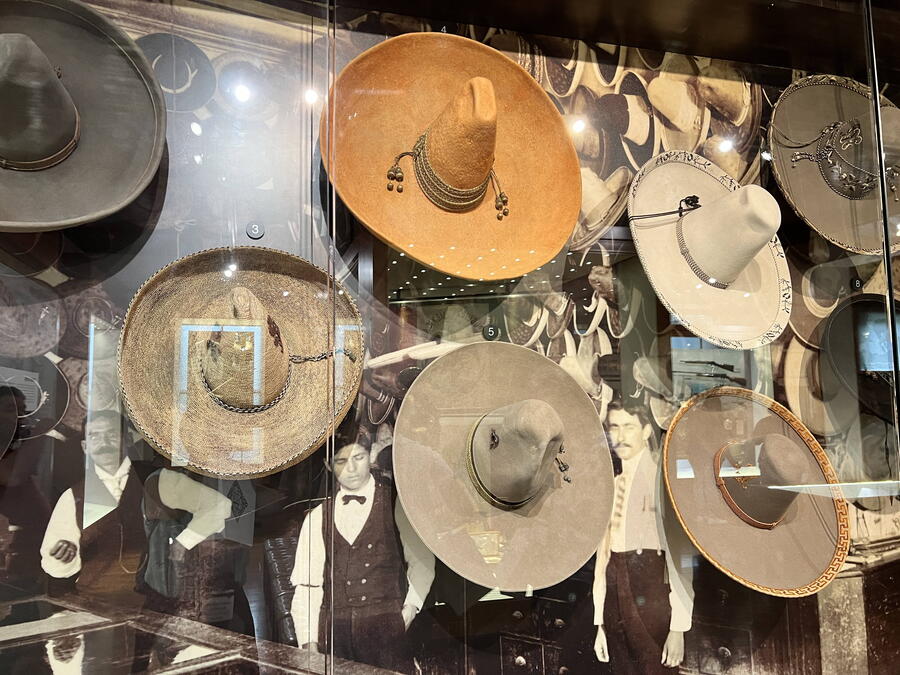
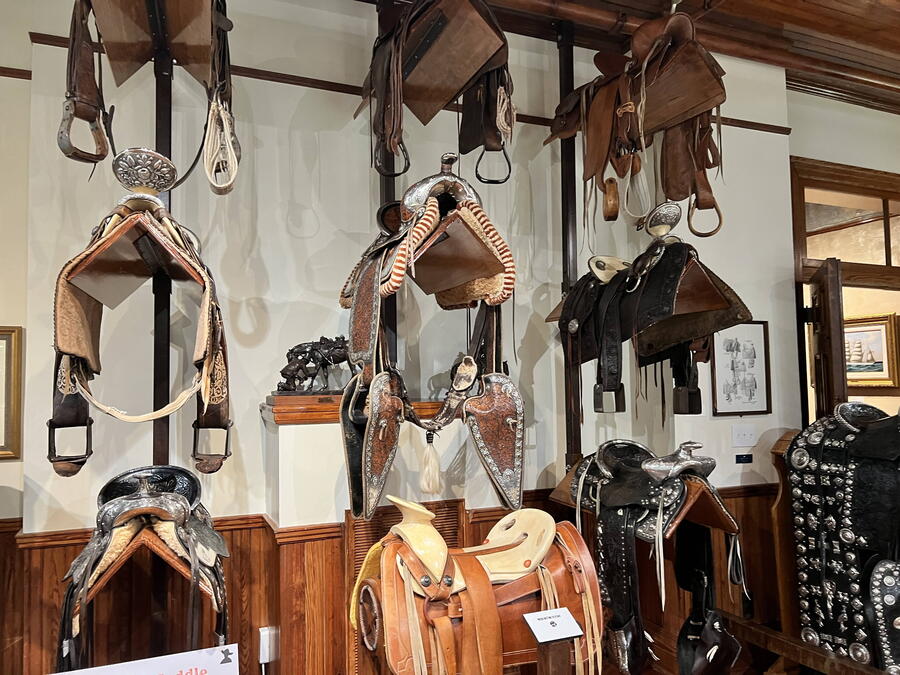
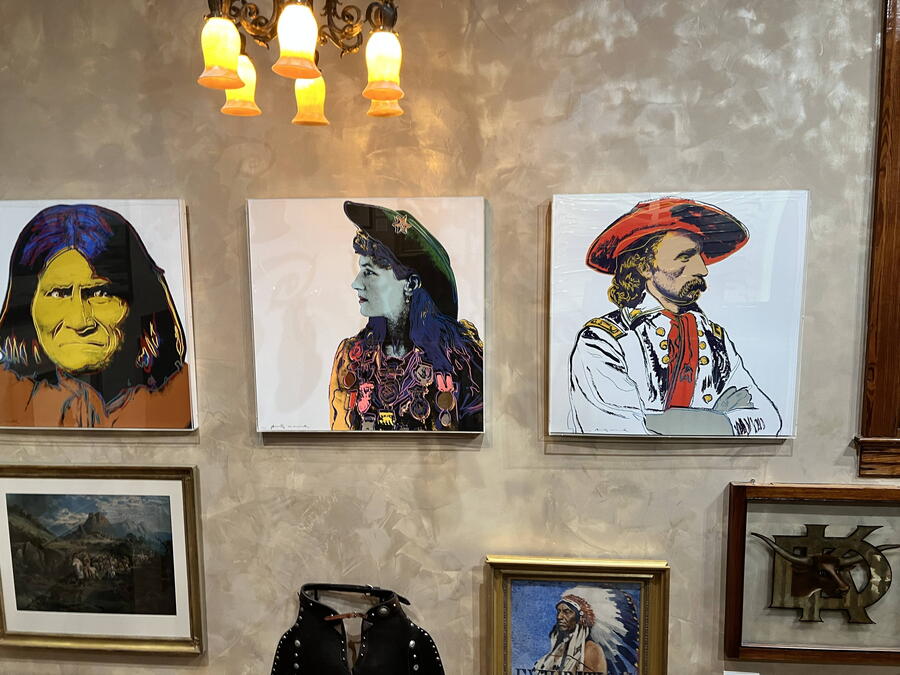
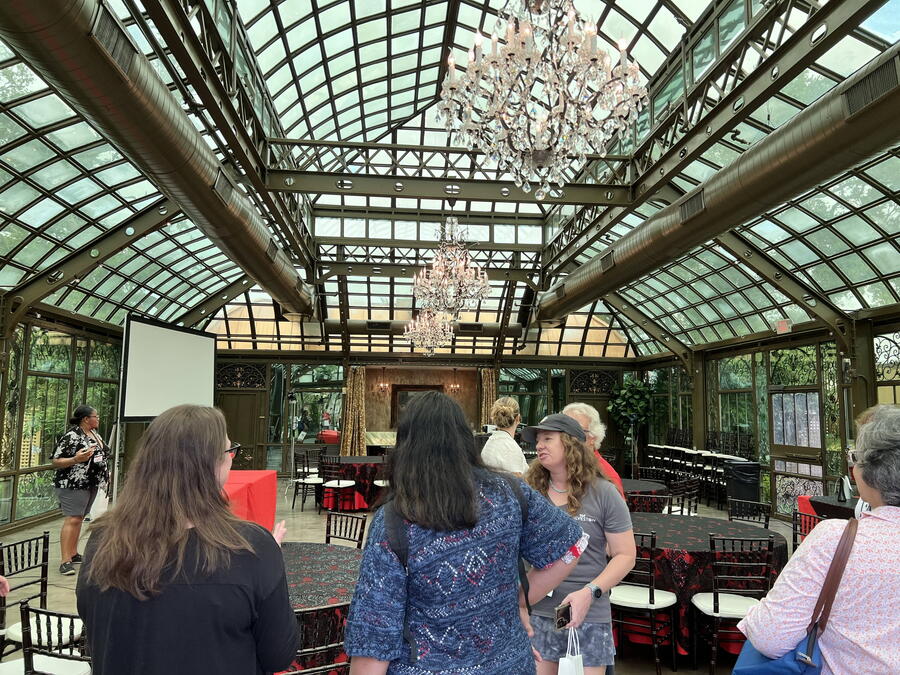
Bryan Museum
When he was a boy, J.P. Bryan started collecting. His first items were two guns to “fight evil forces.” Throughout his adulthood, he became a publisher, a rare books curator, and then an energy company executive, which led to his acquiring more Texas-related memorabilia, artwork, and historical artifacts. His interest and passion likely originated from his family’s heritage, which was directly descended from one of the state's founding fathers, Stephen Austin.
In 2013, he purchased the former Galveston Orphans Home, which was run down and uninhabitable. But with an extensive renovation, the building could now house Bryan’s extensive collection, which now includes Native American, Spanish colonial and Mexican artifacts. Some of the most interesting items were elaborately crafted saddles with intricate carvings, silver adornments, and portraits of prominent Texas figures by pop artist Andy Warhol.
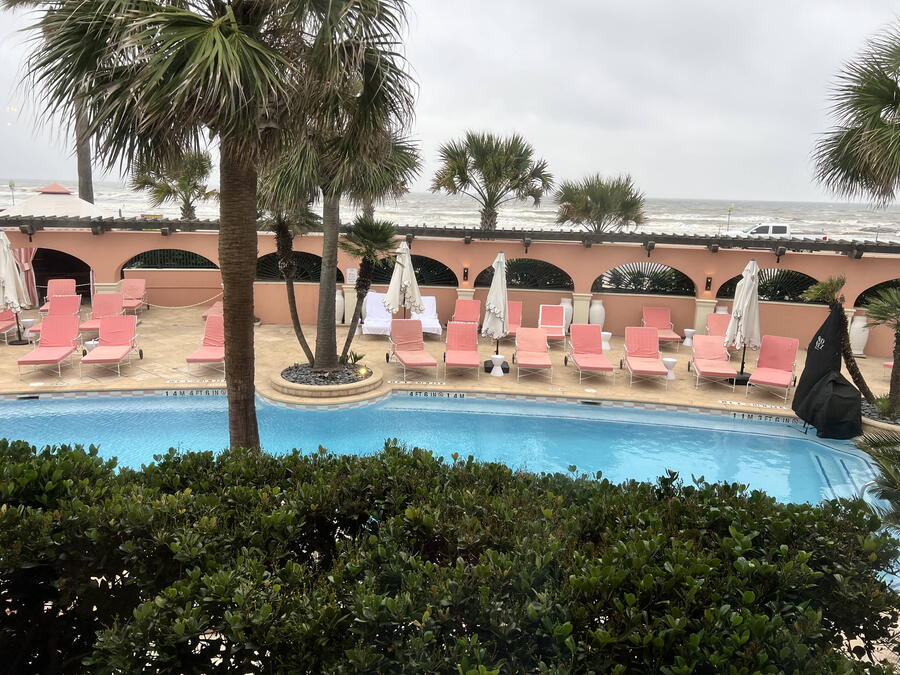
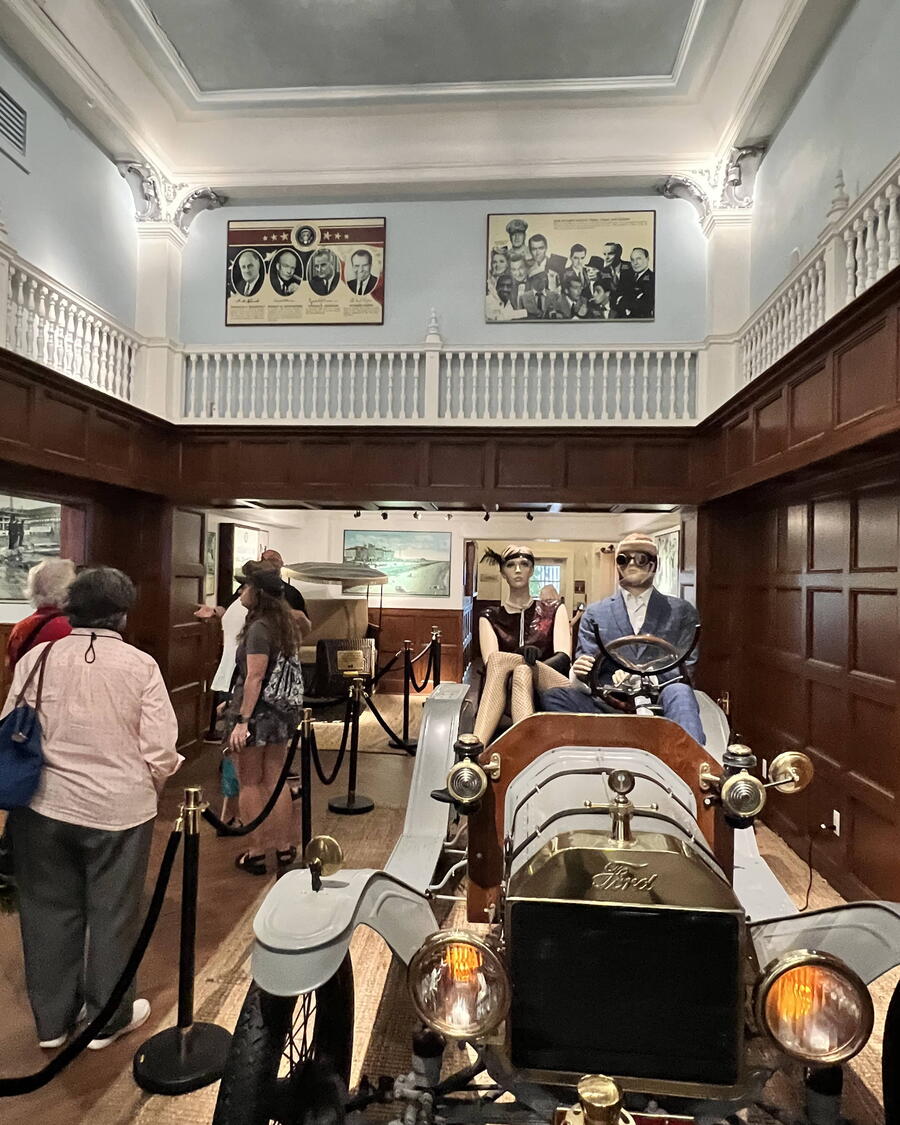
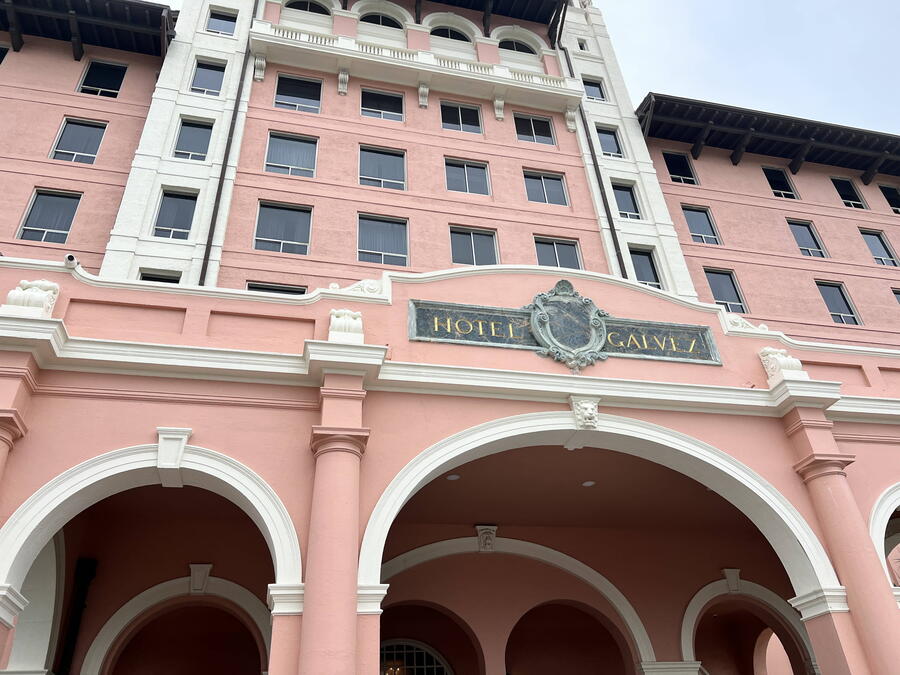
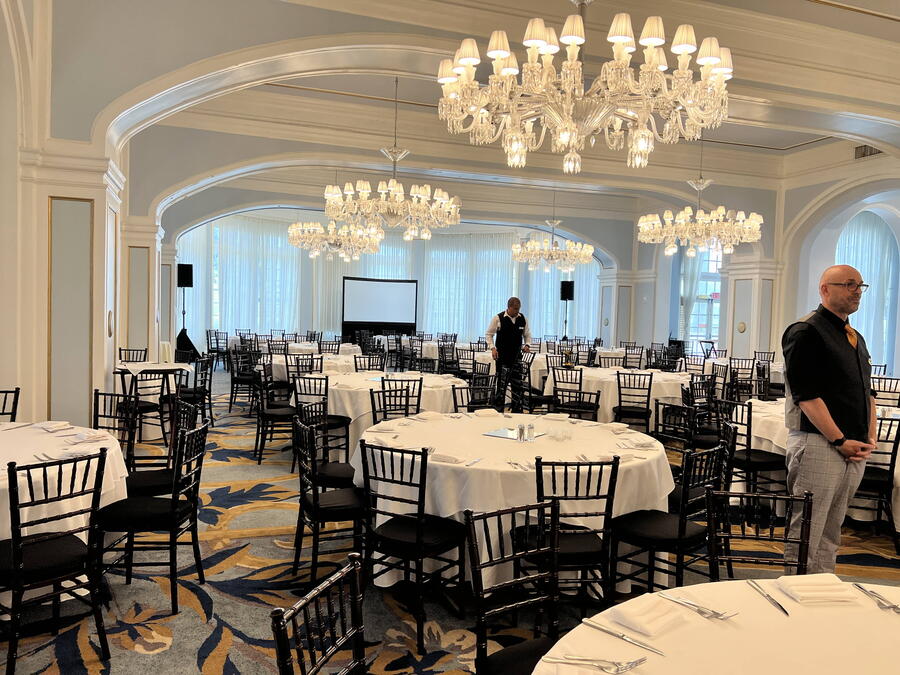
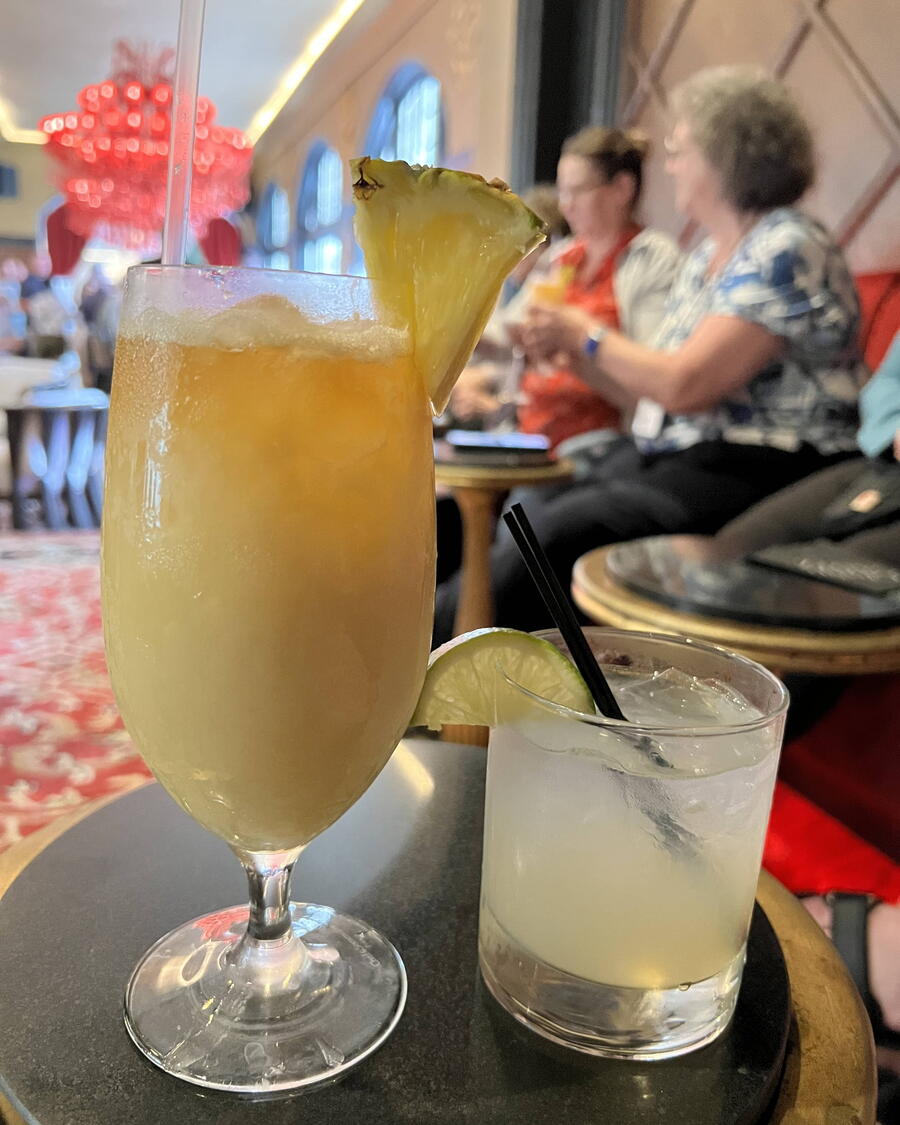
The Galvez Hotel (Grand galvez)
Located on the waterfront dominated by a seawall constructed after the 1900 hurricane, this luxury resort opened in 1911. The building once sported a façade infused with shiny coral and stones, making it sparkle in the sunshine. Time eroded the materials, and today, coral-colored paint covers the hotel. It was named for Bernardo de Galvez, a Spanish nobleman who fought for Mexican independence. Incidentally, the city is also named after him.
The hotel, aka Grand Galvez, opened in 1911 and was once a destination for several U.S. Presidents and celebrities like Frank Sinatra, who performed at the Balinese Room. This club was on a now-destroyed pier. Like many of these places, the Galvez is allegedly haunted. Here, a young woman waited for her fisherman fiancé to return from sea after a storm. After a few days, she hung herself in one of the rooms when he hadn't. Today, staff and guests have sensed her spirit roaming the grounds.
